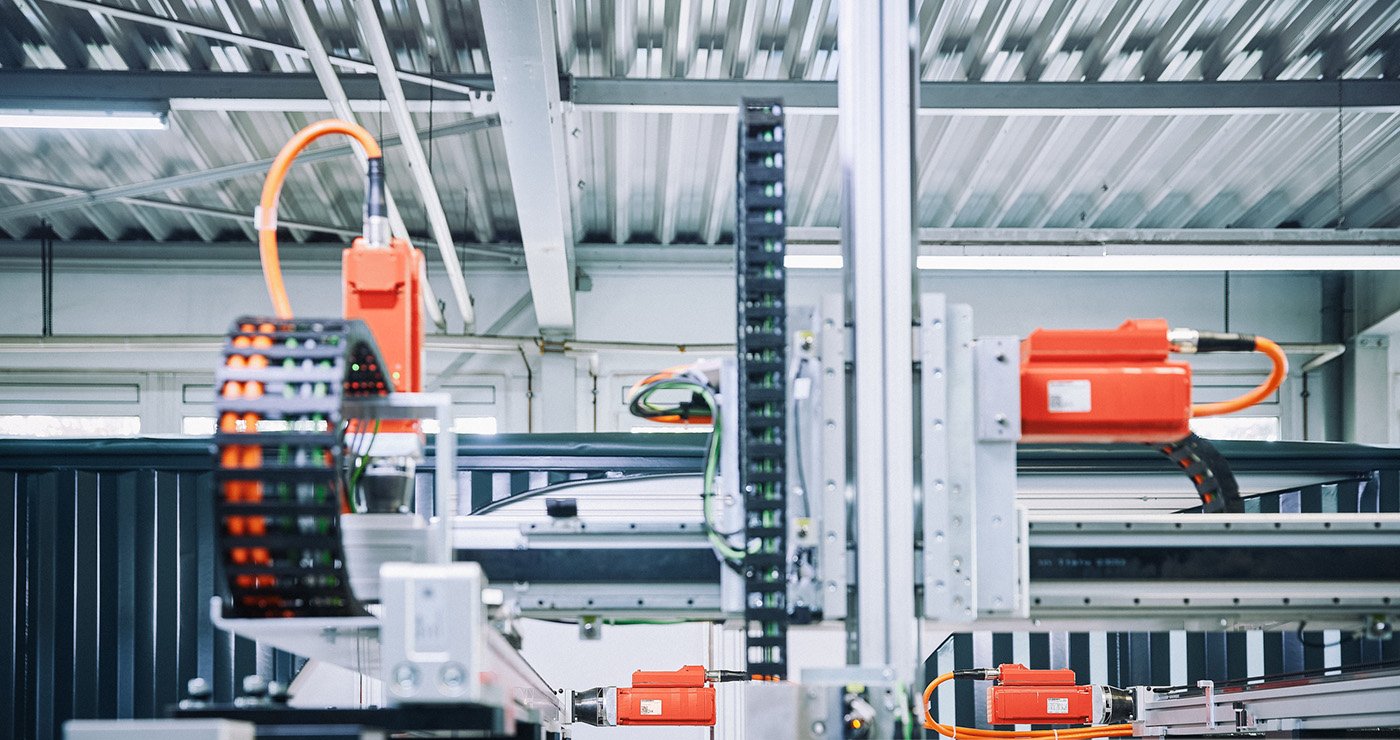
Navigating Servomotor Selection: A Technical Guide
Blog | SEW-EURODRIVE
Navigating Servomotor Selection: A Technical Guide
Navigating Servomotor Selection: A Technical Guide


Apr 03, 2024 | SEW-EURODRIVE
Reading time: 2 Minutes
Blog | SEW-EURODRIVE
Navigating Servomotor Selection: A Technical Guide
